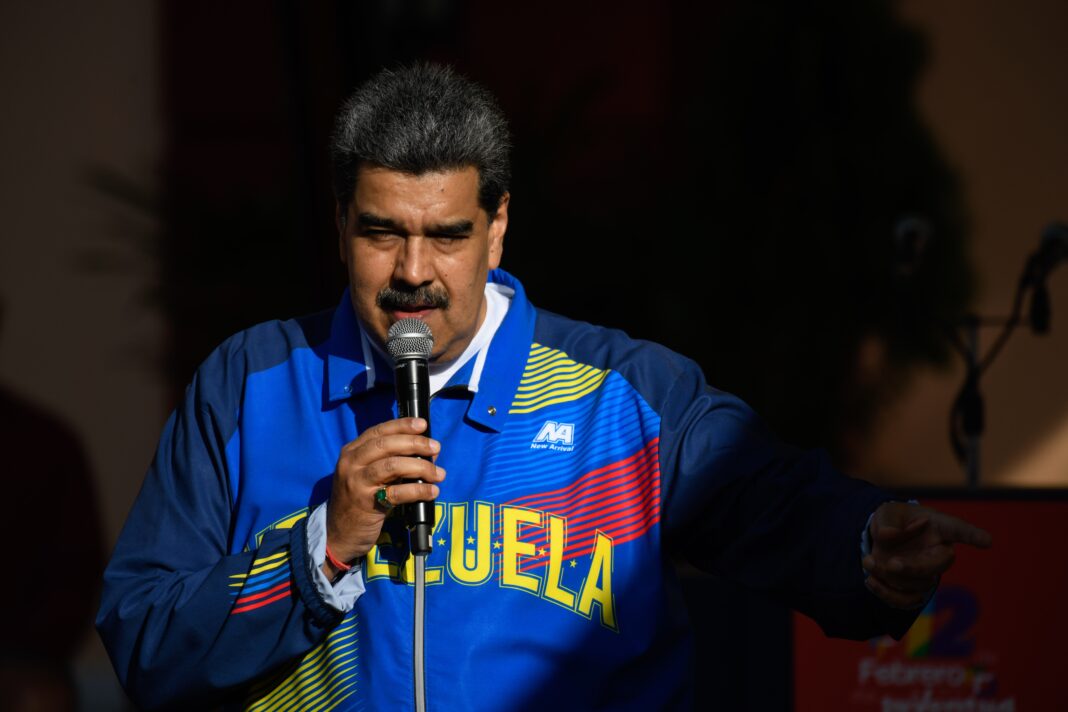by Maurizio Sacchi
Venezuelan President Nicolas Maduro is seeking control of Guyana’s vast Essequibo region, claiming it is rightfully part of Venezuela. According to Venezuela’s electoral authority, more than 95% of voters supported this claim in a government-organised referendum last Sunday. But observers say the ballot boxes were largely empty, despite compulsory voting for civil servants. Maduro’s rationale is rooted in what many Venezuelans see as an illegitimate 19th-century agreement that ceded the Essequibo region to Guyana. Venezuela has maintained its claim to the Essequibo since independence from Spain, challenging the established borders with the former British colony of Guyana.
The International Court of Justice is currently arbitrating the dispute, but on Sunday, Maduro asked the Venezuelan people: should they ignore The Hague’s decision and deal with the matter independently? Despite widespread international acceptance that Essequibo belongs to Guyana, the issue remains a source of division among many Venezuelans. On Sunday, however, it emerged that voter turnout was notably low.
Guyana’s President Irfaan Ali has stated emphatically that “the Essequibo is ours, every square inch of it” and has vowed to defend it resolutely. He has been in contact with the UN Secretary-General and various world leaders, warning them of the dangerous developments and the actions of President Maduro. Nevertheless, Maduro is stepping up his efforts. He has ordered state companies to immediately begin exploring for oil, gas and minerals in Guyana’s Essequibo region, a jungle area smaller than Italy but rich in resources. He has also ordered the establishment of local subsidiaries for Venezuelan state companies, including oil giant Pdvsa and mining conglomerate Corporación Venezolana de Guayana.
Maduro’s discourse on the Essequibo appears to be aimed at diverting attention from several concurrent domestic crises and consolidating support ahead of presidential elections scheduled for 2024. With some 3.5 million people displaced in a population of 28 million and inflation soaring to 280 per cent, the manoeuvre is intended to shift focus away from these challenges. However, rising tensions have led observers to consider the possibility of military intervention, as evidenced by Maduro’s order to establish a military corps in Essequibo. In response, Brazil has opted to deploy tanks to its shared border with both countries. “The Guyana Defence Force is on high alert,” President Ali declared in his televised address to the nation. “This directly threatens Guyana’s territorial integrity, sovereignty and political independence.”
On 9 December, Ralph Gonsalves, Prime Minister of Saint Vincent and the Grenadines, announced his intention to convene a meeting between the leaders of Guyana and Venezuela, facilitated by the Community of Latin American and Caribbean States, which he currently chairs. An invitation has also been extended to the President of Brazil, Luiz Inacio Lula da Silva.
What is the Venezuelan opposition doing? What happened to Guaidó? A year ago, the National Assembly, which continued to function despite the expiry of its official mandate, voted 72-29 to remove Guaidó from his post as president of the anti-Maduro government, recognised by more than 60 countries. The assembly voted to dissolve his government and replace it with a leadership team of three women, led by Dinorah Figuera, a surgeon living in exile in Spain. The United States follows the lead of Venezuela’s opposition lawmakers and no longer considers Juan Guaidó the country’s legitimate leader. Guaidó has long lost the support of public opinion and the opposition. But US policy, and above all the opposition’s claim to billions in Venezuelan assets abroad, was based on Guaidó’s legitimacy. The desire for these billions is shared by many.
On the cover photo, the President of Venezuela, Nicolás Maduro ©StringerAL/Shutterstock.com
























